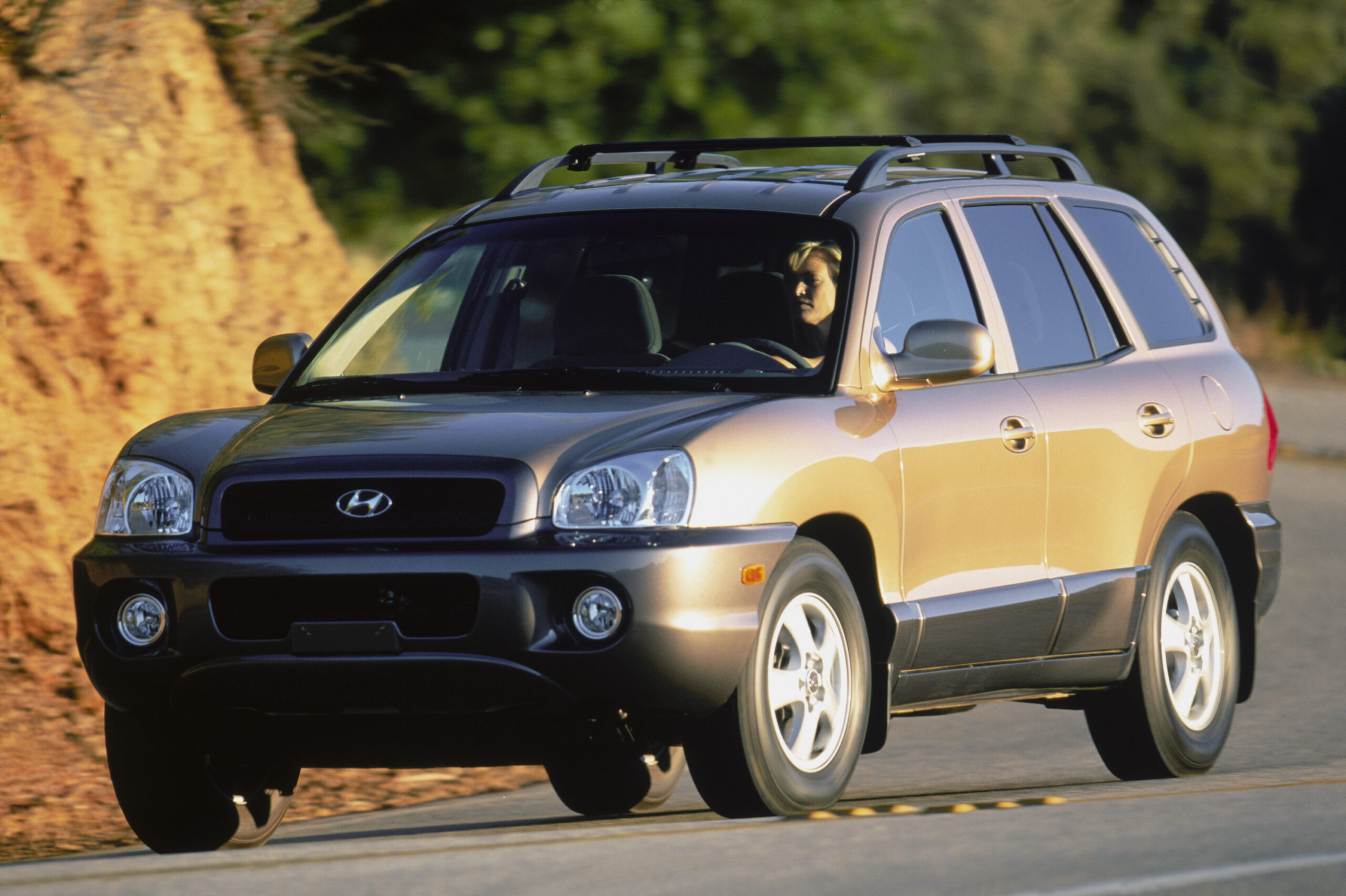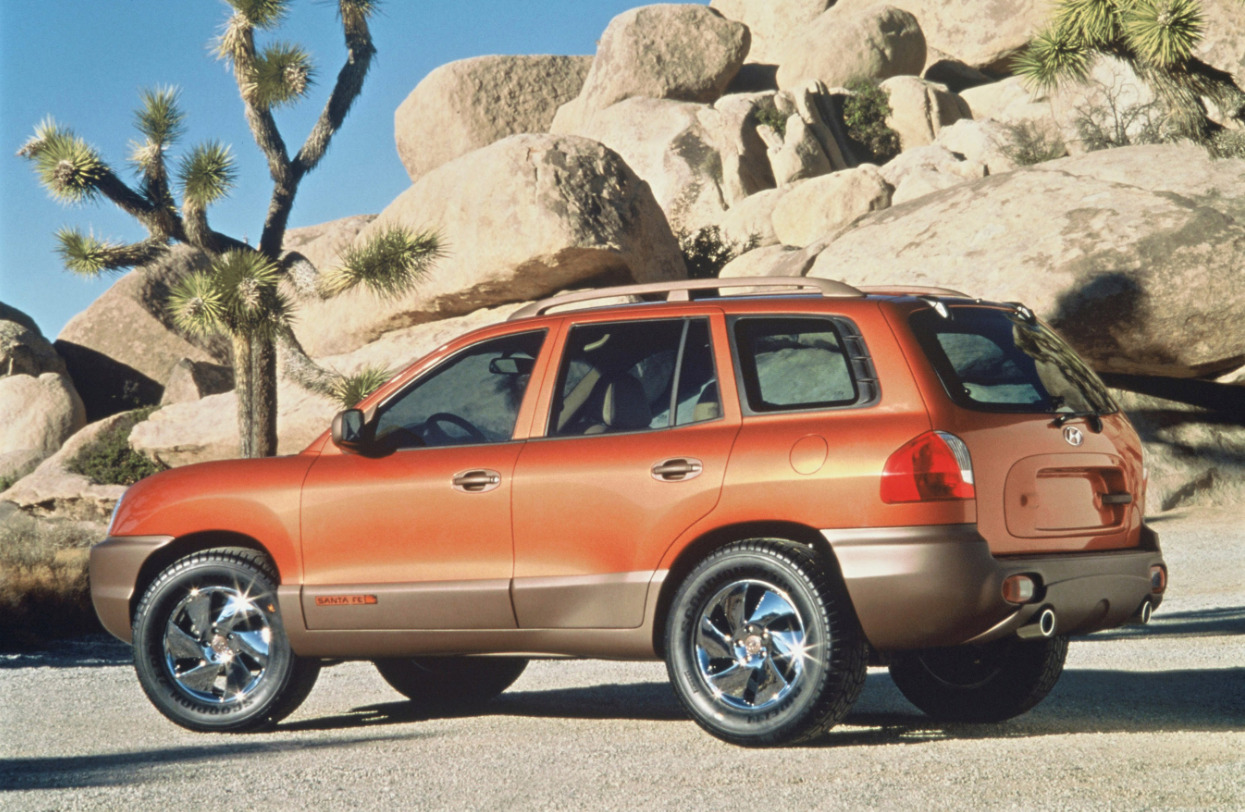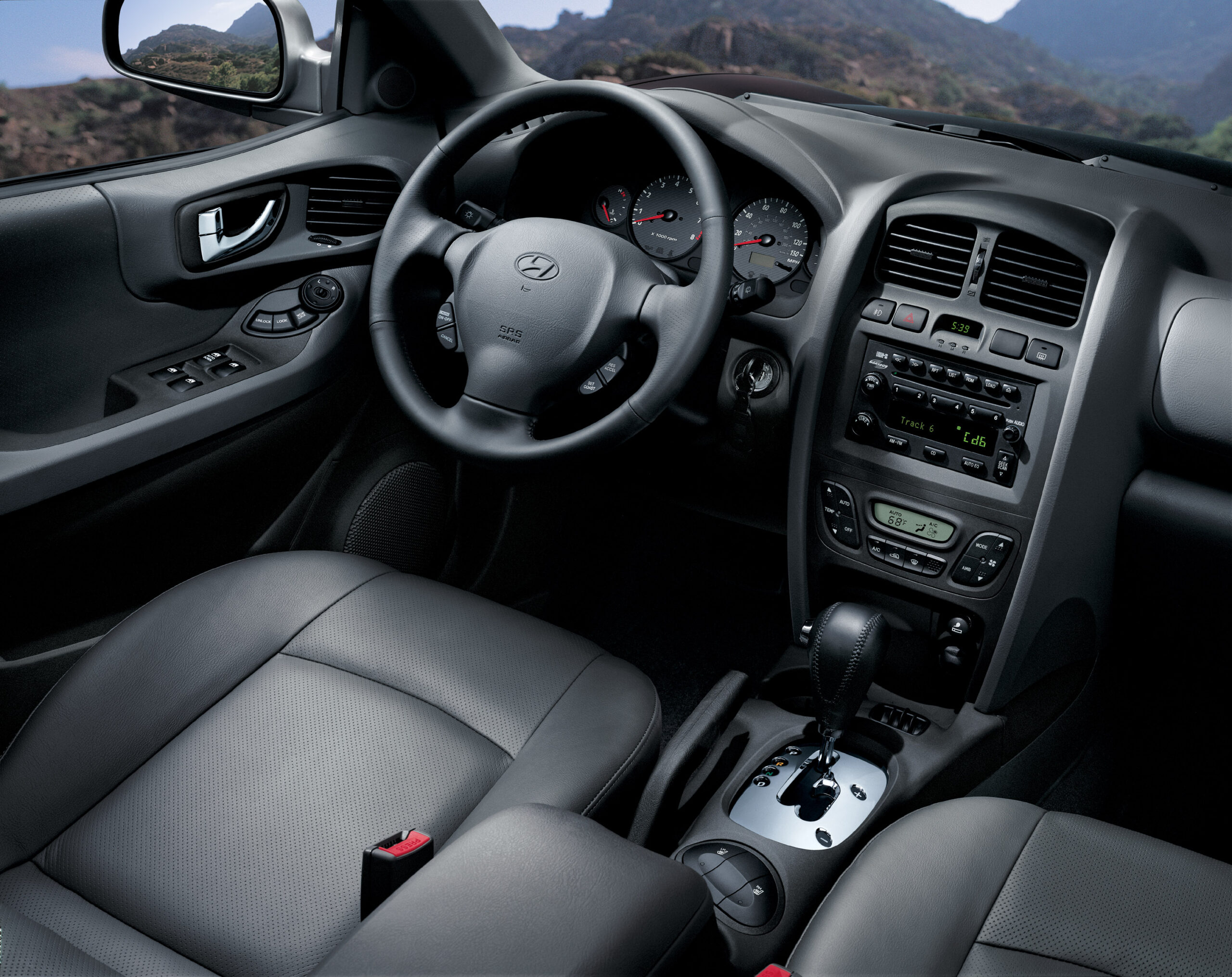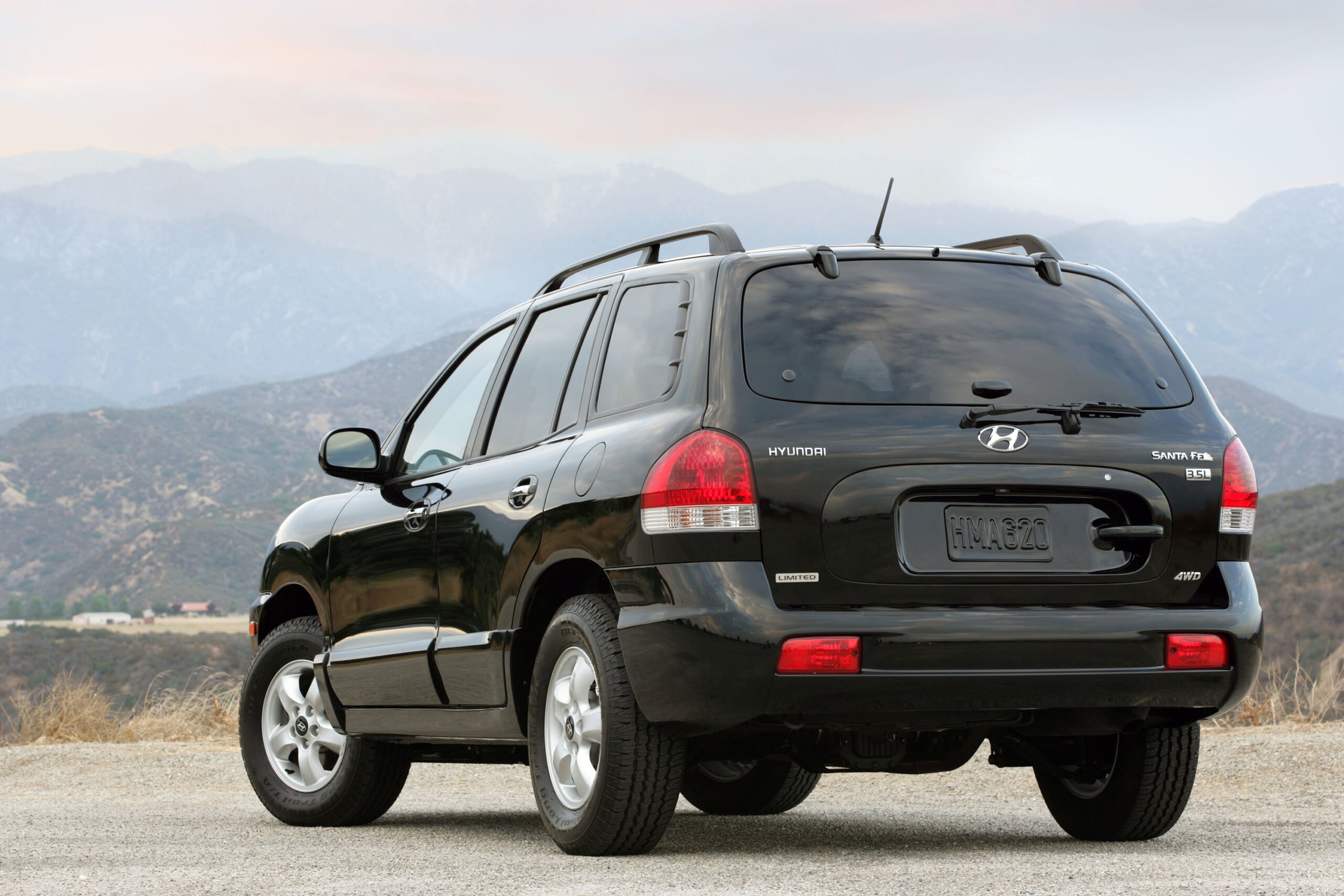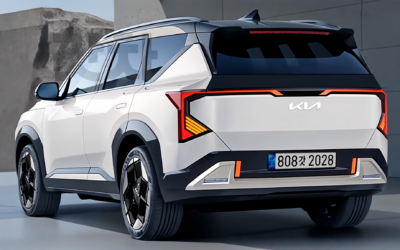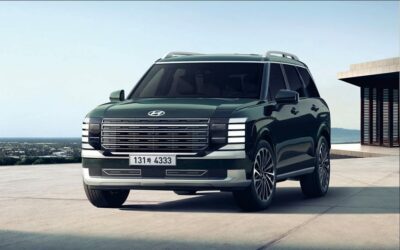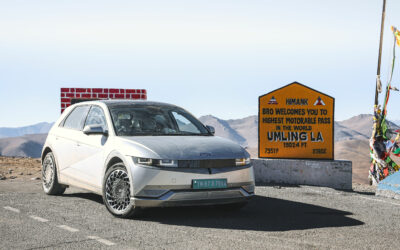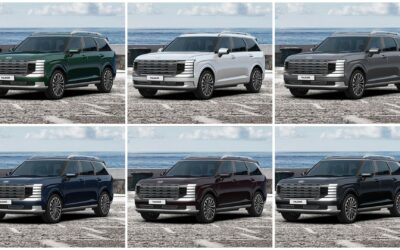Starting in the early 90s, the world began to be dived by the crossover wave. Since Toyota’s RAV4’s U.S market launch in 1994, Hyundai started working to have its own crossover SUV, with which the company would reach customers looking for outdoors activities with its quiet, comfortable driving quality in the city and the functionality of the SUV, has now gone beyond the trend of an era, and today it has been established as a segment that encroached on the traditional passenger car market.
Today, crossover SUVs have long been “must-build cars,” not “cars that can be made,” and all the supercar manufacturers, as well as the high-notch luxury sedans, have entered the SUV market. Even Ferrari, which insisted on not making an SUV externally, is developing a new crossover SUV named ‘Purosangue’.
So, what is the first modern crossover SUV ever made in South Korea? Some readers may be thinking of Kia’s first Sportage (NB-VII), but it’s not. Of course, it’s clear that Sportage is also an innovative SUV. It stands out because of its small size compared to the contemporary SUV and its stylish appearance reminiscent of the latest passenger cars, because its interior is a strict ‘normal SUV’ with a traditional body-on-frame structure. The first car to be built as the first modern crossover SUV in South Korea is Hyundai’s first generation Santa Fe (codenamed as SM).
The history of Hyundai Santa Fe begins in the United States. This is because this car is not a domestic research institute of Hyundai Motor Company, but a vehicle designed and developed by the California Research Institute in the United States. The vehicle’s design base uses EF Sonata’s platform, but has a structure that has been improved for its purpose as an urban SUV. It was designed as a mid-size crossover SUV with its use in mind as a larger, more relaxed family car than the Toyota RAV4 that appeared in 1994. The length of the vehicle is 4,500 mm, the width is 1,845 mm, and the height is 1,72 to 1,740 mm, depending on whether the roof rack is applied or not. The wheelbase was 2,630mm, which was about the same size as Tucson today.
Hyundai Santa Fe Concept (HCD-4) showcased in 1999
Designed by Hyundai’s California Design Center, it first appeared at the 1999 Detroit Motor Show in the form of a concept car, the HCD-4. The design of the HCD-4 was so complete that it could be mass-produced right away, yet it drew the attention of the global automotive industry at the time with its unprecedentedly unconventional styling. Unlike the ultra-animal crossover SUVs, whose straight-line keynote was mainstream at the time but retained some of its color as an authentic off-roader, it presented an entirely new concept of design. Emphasizing a dynamic image and muscular volume that feels radical, the HCD-4’s design has been well received both domestically and internationally. It was released in 2000 and won the Presidential Award for Good Design.
But it is said that there was a considerable setback in mass production of the HCD-4 as it was. That’s because there was talk of Chairman Chung Mong-koo, who had taken the unconventional design of the HCD-4 as overly radical, vehemently opposed it. But it is also said that if Chairman Chung had finally rejected the design of HCD-4, he would not have seen the innovative design of the Santa Fe, which would have allowed it to be sluggish again in the U.S. market. Of course, as we will say later, as Santa Fe achieved great success, Chairman Chung Mong-koo was so attached that he appeared in the launch event of the second-generation Santa Fe.
The structure of the vehicle was also innovative. Made using the Monocoque body structure of the mid-size Sedan EF Sonata, it was able to provide more comfortable driving and comfort in the city, and it had a great advantage in terms of weight compared to the conventional body-on-frame SUV, which was also advantageous in terms of fuel economy. In addition, the commerciality was greatly improved by applying various convenience specifications installed in passenger cars. Initially, only a 2.7-litre Delta V6 LPG engine was applied to the domestic basis, but later a variety of powertrains were applied, including a common-rail diesel engine and a 2.7-litre Delta V6 gasoline engine. The car was named Santa Fe, which is taken from the name of a city in the U.S. state of New Mexico, famous for its tourist attractions. Later, when the facelifted model arrived in 2005, Hyundai added a 3.5-liter V6 gasoline engine.
It also led to an explosive reaction abroad. Of the total sales of 1,111,988 units, the domestic market sales were 327,620 units, so the remaining 784,368 units were exported. In particular, a whopping 425,000 units were sold in the U.S. market, contributing greatly to the expansion of Hyundai Motor into the U.S. market. Santa Fe, which emerged as a leader in urban-oriented soft-loader SUVs, has so far been the name of Hyundai’s mid-size SUV.

